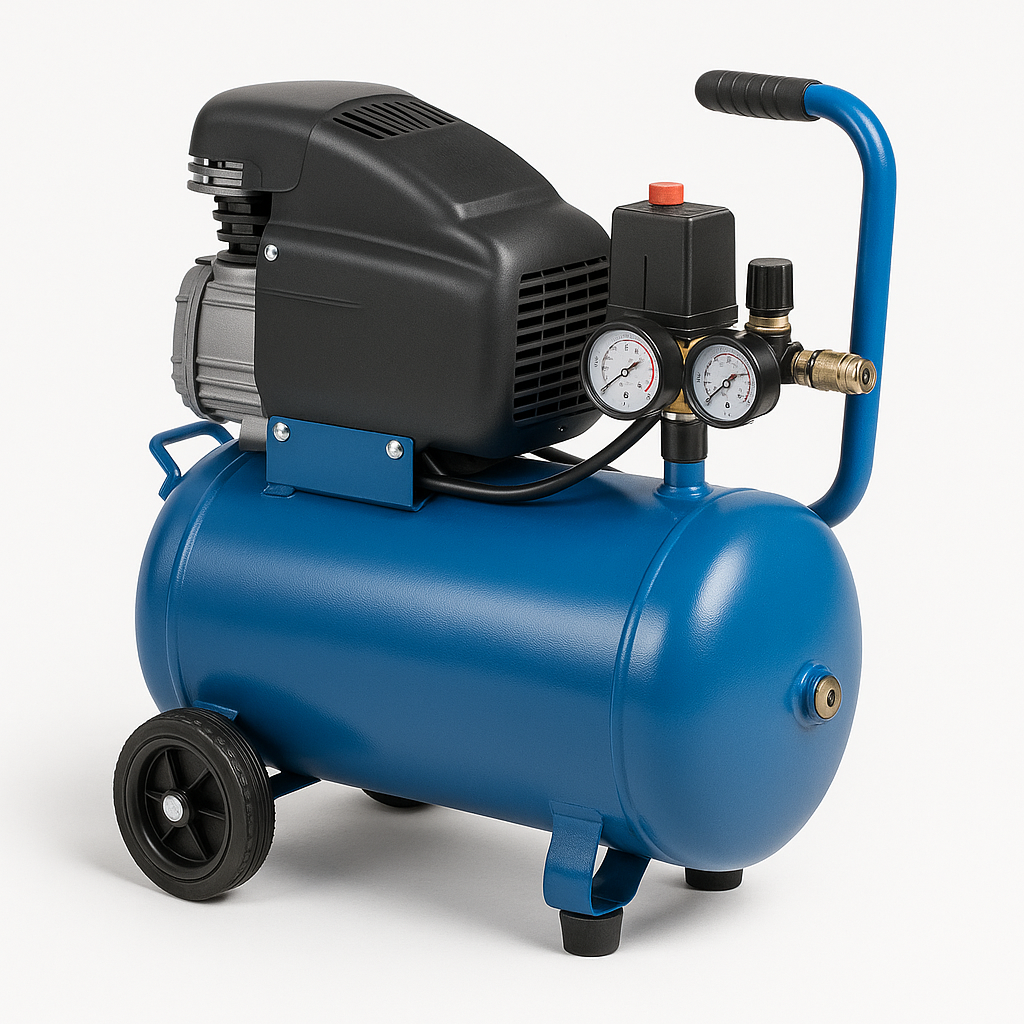
Winkelschleifer Test
Add a review FollowOverview
-
Founded Date August 8, 1916
-
Sectors Construction
-
Posted Jobs 0
-
Viewed 5
Company Description
20 Rising Stars To Watch In The 10 Bar Air Compressor Industry
Understanding 10 Bar Air Compressors: Features, Applications, and Benefits
Air compressors have ended up being an important tool across different industries, allowing whatever from powering pneumatic tools to helping with complex manufacturing processes. Among the various kinds of air compressors, the 10 bar air compressor sticks out as a versatile option efficient in handling a large variety of applications. In this blog post, we will explore what a 10 bar air compressor is, how it works, its benefits, common applications, and regularly asked questions.
What is a 10 Bar Air Compressor?
A 10 bar air compressor is a kind of air compressor that can deliver compressed air at a maximum pressure of 10 bar, which is approximately 145 psi (pounds per square inch). This level of pressure is appropriate for numerous jobs, varying from light-duty applications to demanding commercial procedures.
Fundamental Operation of a 10 Bar Air Compressor
The essential system behind air compressors involves attracting ambient air, compressing it within a chamber, and then expelling the high-pressure air. The main parts that play a vital function in a 10 bar air compressor include:
- Compressor Pump: The pump compresses the air and helps with air flow.
- Motor: The motor powers the pump to make sure continuous operation.
- Storage Tank: Stores the compressed air for usage when required.
- Pressure Regulator: Controls and keeps the preferred pressure levels.
- Security Valves: Ensure safe operation by launching excess pressure.
Advantages of Using a 10 Bar Air Compressor
The choice to use a 10 bar air compressor includes numerous benefits:
| Benefit | Description |
|---|---|
| Versatile Applications | Appropriate for numerous jobs, consisting of pumping up tires, powering tools, and spraying paint. |
| Energy Efficient | Lots of designs are designed with energy-saving innovations, minimizing operating expense. |
| Compact Size | Usually smaller sized than higher-pressure compressors, making them simpler to carry and keep. |
| User-Friendly Controls | The majority of designs come with user friendly controls and determines for pressure tracking. |
| Boosted Durability | Built to withstand extensive use, guaranteeing a longer life-span. |
Common Applications of 10 Bar Air Compressors
10 bar air compressors are utilized throughout numerous sectors. Here are some typical applications:
- Automotive Industry: Used for inflating tires, painting vehicles, and powering air tools like wrenches and impact tools.
- Manufacturing: Essential for operating equipment, supplying pneumatic tools, and carrying out assembly jobs.
- Construction: Utilized for nail guns, heavy-duty tools, and sandblasting.
- Farming: Applied for spraying pesticides and fertilizers, as well as powering watering systems.
- HVAC Systems: Used for screening and servicing heating and cooling systems.
Selecting the Right 10 Bar Air Compressor
Picking the right 10 bar air compressor depends upon different factors, consisting of the desired application, needed airflow, and storage capability. Below is a checklist to help in making a notified decision:
Checklist for Choosing a 10 Bar Air Compressor
-
Understand Required Pressure:
- Ensure the compressor meets your pressure needs (10 bar/145 psi).
-
Assess Airflow Requirements:
- Check the required airflow rate (CFM – cubic feet per minute) for your tools.
-
Consider Tank Size:
- Select an appropriate tank size based upon usage frequency and period.
-
Try To Find Energy Efficiency:
- Opt for designs developed to reduce energy intake.
-
Check Portability:
- Choose between stationary or portable designs depending on your application.
-
Examine Durability:
- Investigate the build quality and products utilized for durability.
-
Evaluation Noise Level:
- Consider systems with lower sound ratings for quieter operation.
-
Analyze Warranty and Support:
- Check warranty terms and manufacturer support for Myntek peace of mind.
Frequently asked question About 10 Bar Air Compressors
Q1: How much compressed air is needed for pneumatic tools?
A1: The required quantity of compressed air is determined by the tool’s requirements, generally measured in CFM. Tools like nail weapons may require 2-4 CFM, while impact wrenches may need 4-7 CFM.
Q2: Can a 10 bar air compressor be used for spraying paint?
A2: Yes, a 10 bar air compressor appropriates for spray painting tasks. Nevertheless, it’s important to ensure the compressor can provide sufficient CFM to maintain constant pressure for optimal spray outcomes.
Q3: How typically should I perform upkeep on my air compressor?
A3: Regular upkeep is crucial for air compressor longevity. It’s suggested to perform checks and services every 3 to 6 months, including examining filters, oil levels (if suitable), and looking for leaks.
Q4: Are there any security precautions to follow when utilizing an air compressor?
A4: Yes, constantly follow safety standards, such as using protective gear, guaranteeing safe electrical connections, preventing extended exposure to noise, and keeping the compressor in a well-ventilated location.

Q5: How can I improve the efficiency of my air compressor?
A5: Efficiency can be enhanced by regularly keeping the system, utilizing the appropriate size of tools, minimizing air leakages in pipes and fittings, and ensuring the compressor is correctly sized for the workload.
The 10 bar air compressor is a flexible and important tool across numerous markets. Its ability to deliver compressed air effectively while offering a variety of applications makes it an important tool for both experts and enthusiasts. When picking the right compressor, it’s crucial to consider your specific needs, guaranteeing you select a model that delivers the best performance and value for your financial investment. So whether you’re inflating tires, powering tools, or dealing with a job, a 10 bar air compressor might just be the best addition to your toolkit.
